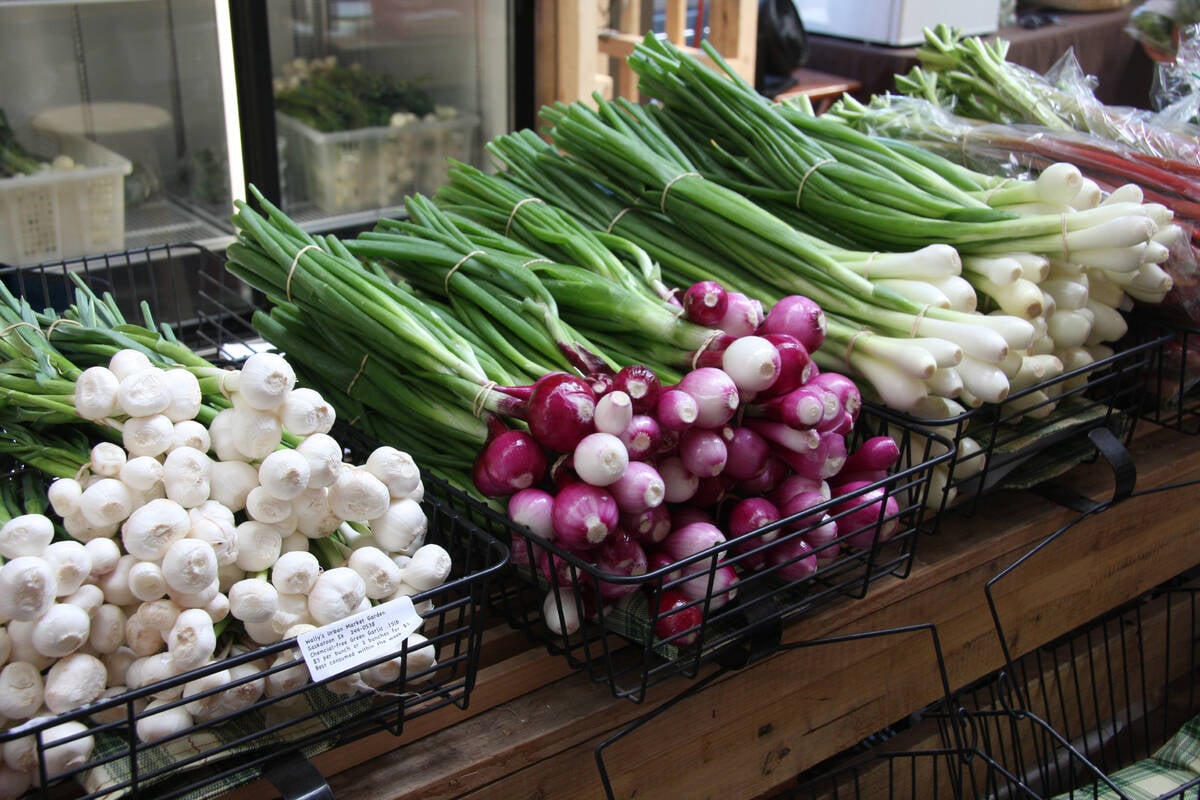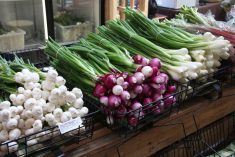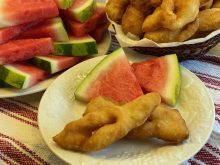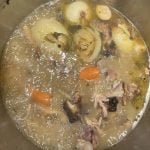After Christmas when I was putting away my decorations, I came across a Macleans magazine from Feb. 1, 1929. It sold for 10 cents a copy.
The advertisements were interesting and one that caught my attention was for Magic baking powder. Along with the ad was a recipe for chocolate cake.
Looking closer at it, there was no cocoa in this recipe. It was called chocolate cake because the white cake that it made had chocolate icing.
I made the cake for the family and also took it to a New Year’s Eve party. I enjoyed hearing the different reactions, all of them positive.
Read Also

Starting a small business comes with legal considerations
This article sets out some of the legal considerations to start a business to sell home-grown product, such as vegetables, herbs, fruit or honey.
It was heavier, less sweet and more dense than most cakes today. It really tasted wholesome and addictive. Perhaps because many of us were baby boomers, this cake brought back memories of cake made by our mothers and grandmothers when we were young. I think some readers might also like to try this recipe.
Chocolate cake
1/2 cup butter 125 mL
1 cup fine sugar 250 mL
3 eggs, separated
2 cups pastry flour 500 mL
3 teaspoons baking powder 15 mL
1/4 teaspoon salt 1 mL
1/2 cup milk 125 mL
1/2 teaspoon vanilla 2 mL
Cream butter, gradually adding sugar, beat till light, then add beaten yolks. Sift flour, baking powder and salt, and add to first mixture alternately with milk. Fold in stiffly beaten whites of eggs, add flavouring. Turn into well greased layer cake pans. Bake 15 to 20 minutes in moderate oven at 375 F (190 C.). When cool, spread between layers and cover top and sides of cake with chocolate icing.
Icing
11/2 cups icing sugar 375 mL
1/4 cup cocoa powder 60 mL
1 teaspoon butter 5 mL
2 tablespoons milk 10 mL
1/2 teaspoon vanilla 2 mL
Mix thoroughly together sugar and cocoa powder. Bring milk to boiling point, add butter, then remove from stove. Add sugar mixture and vanilla. Beat well until it is of a consistency to spread.
Source: Maclean’s magazine, Feb. 1, 1929.
Reader request
Dear TEAM: Do you have any information as to where a hydraulic fruit press may be obtained and how to handle the juice afterward? – L. K., Nipawin, Sask.
Dear L.K.: I contacted the British Columbia Fruit Growers Association in Kelowna at 250-762-5226, and checked out its website at bcfga.com. The 120th annual BCFGA convention will be held at the Penticton Lakeside Resort Jan. 30-31.
Canadians enjoy fruit juices and cider all year long. Most of these beverages are pasteurized and safe to drink, but a small percentage of apple juice, apple cider and orange juice is unpasteurized and may carry a risk of being contaminated with harmful bacteria, such as E. coli and salmonella, which can make some people ill.
The most vulnerable people are young children, seniors and people with weakened immune systems. These groups should drink pasteurized juice and cider or bring unpasteurized products to a boil before consuming it.
What’s the difference between pasteurized and unpasteurized?
Heating a liquid at high temperature kills harmful bacteria that may be in the product. This is a method of pasteurization most often used for milk, but it is also used for juices and ciders in bottles, cans and juice boxes that are stocked on grocery story shelves.
When fresh fruit juices and ciders are sold at roadside stands, country fairs, juice bars and on ice or in refrigerated display cases at grocery stores, they may be unpasteurized.
Here are tips to keep your juice free of contamination.
- Avoid using fruit that has dropped to the ground.
- Wash, brush and rinse fruit. Clean and sanitize equipment.
- Label products properly.
- Keep unpasteurized products refrigerated.
- Boil unpasteurized juice or cider before consuming to be sure the product is safe for everyone.
- Do not rely on freezing or refrigeration to make unpasteurized juices or ciders safe.
- Ensure freshness and quality by refrigerating these products and respecting the best-before dates.
See a doctor immediately at the first sign of illness from food contamination (stomach cramps, vomiting, fever, diarrhea). These symptoms can occur within two to 10 days of consuming contaminated food.
A policy was introduced by Health Canada in 2000 that encourages producers of unpasteurized juices and ciders to voluntarily label their products.
If there is no label, ask the vendor or phone the information number displayed on some products.
If you are not satisfied with the answers provided, consider the risk of consuming the product.
For more information on unpasteurized juices and ciders you can visit the following websites:
- Health Canada: www.hc-sc.gc.ca/food-aliment.
- Canadian Food Inspection Agency: www.inspection.gc.ca/english/plaveg/processed/codee.shtml.
- Canadian Partnership for Consumer Food Safety Education: www.canfightbac.org.
You can also contact your local health unit.
Barbara Sanderson is a home economist from Rosetown, Sask., and one of four columnists comprising Team Resources. Send correspondence in care of this newspaper, Box 2500, Saskatoon, Sask., S7K 2C4 or contact them at team@producer.com.














